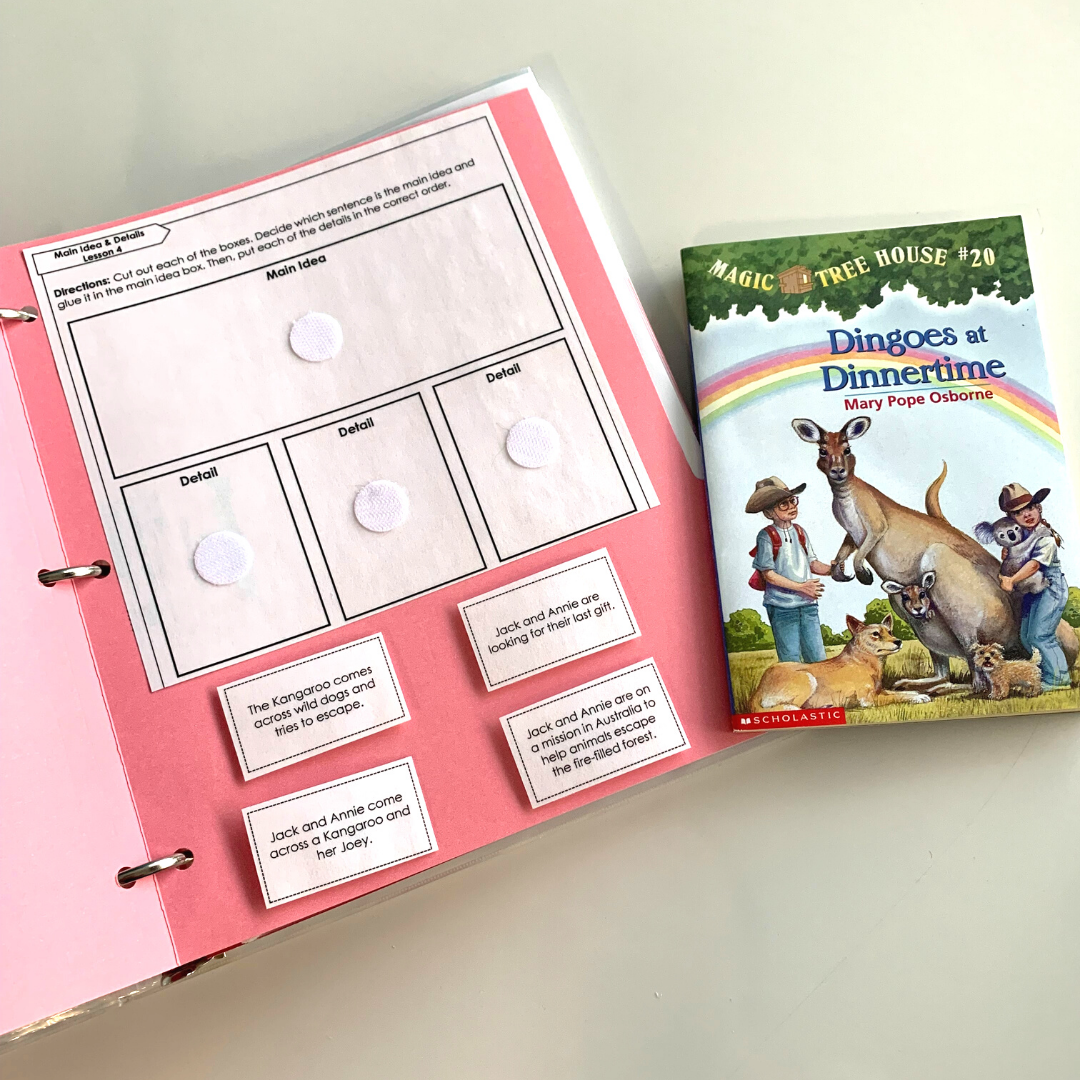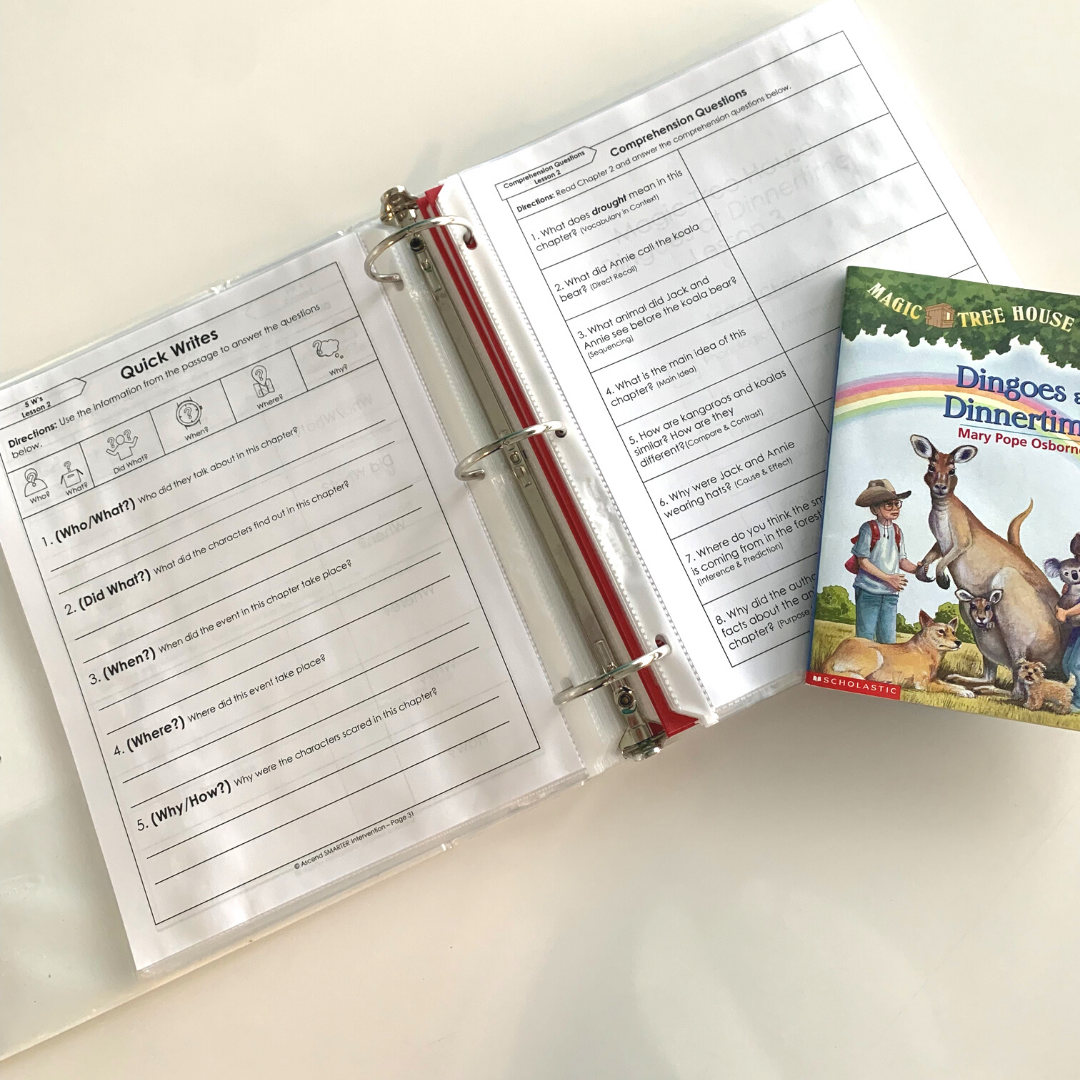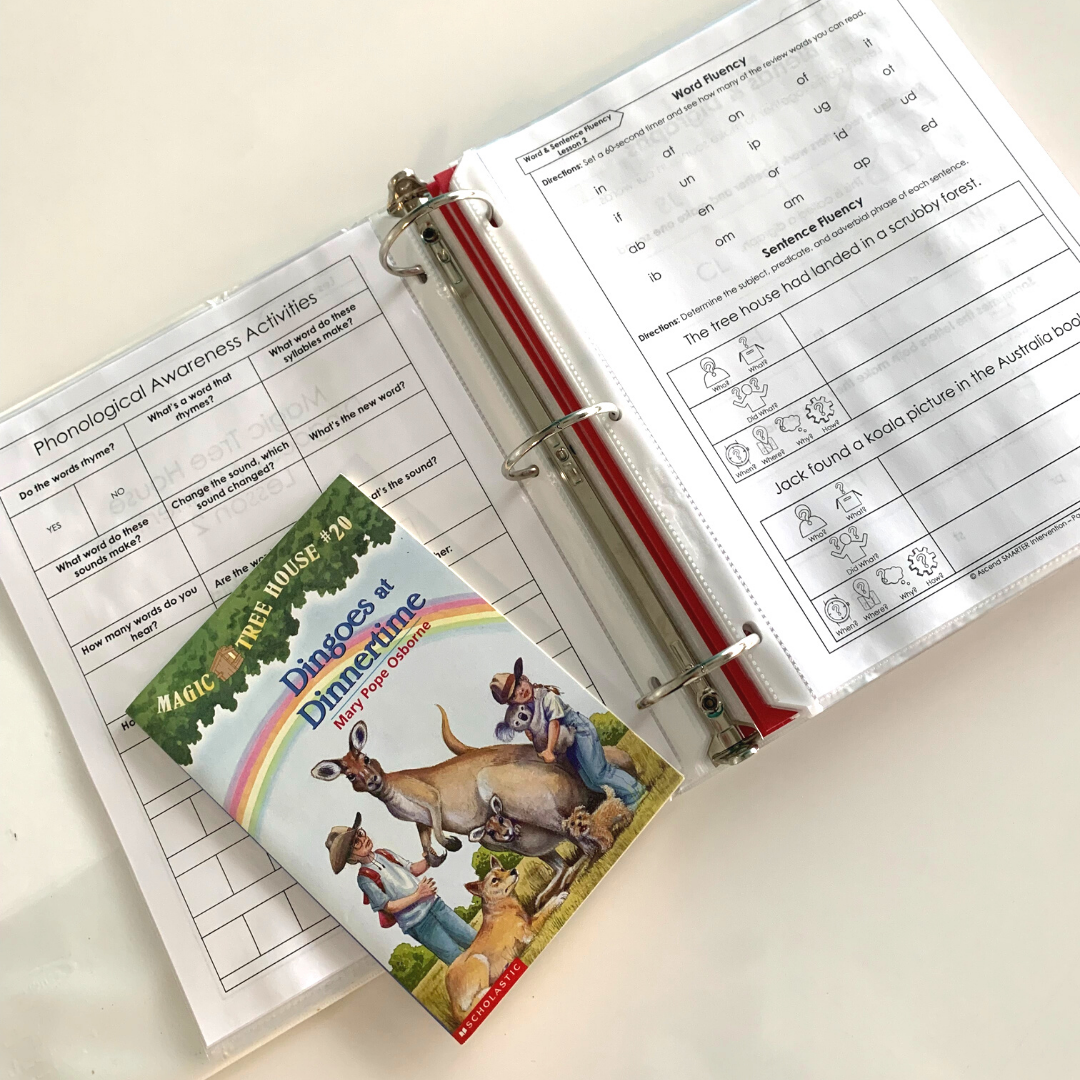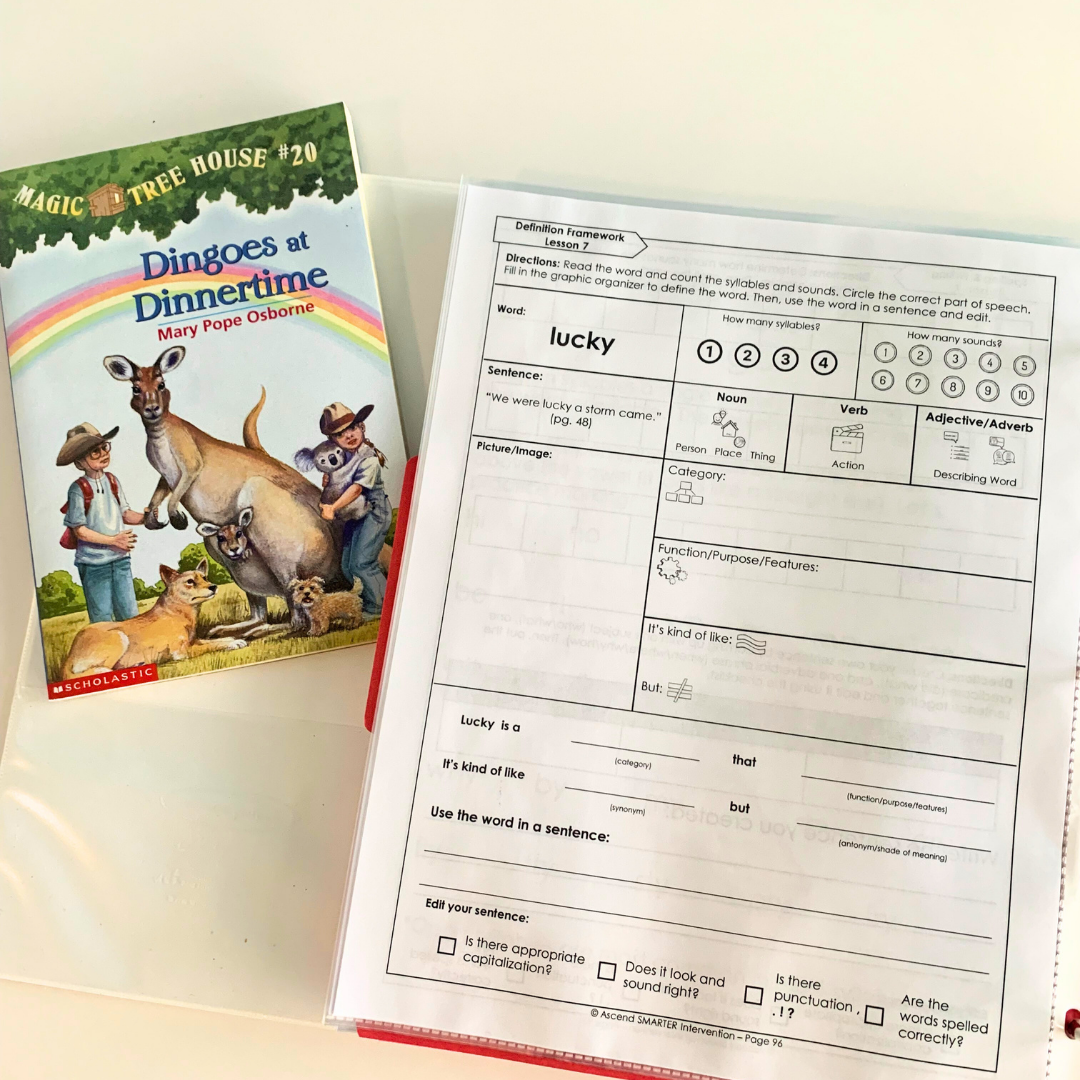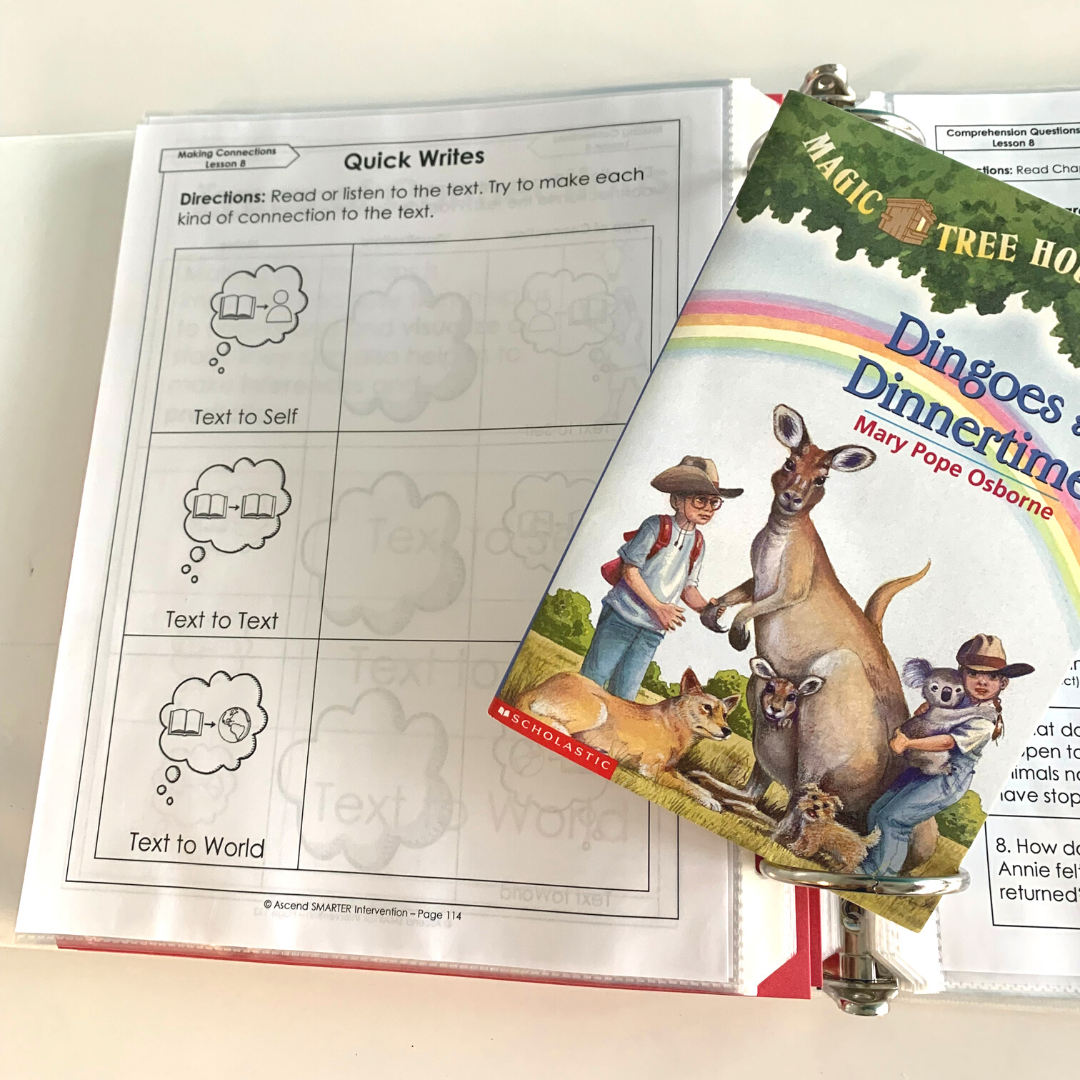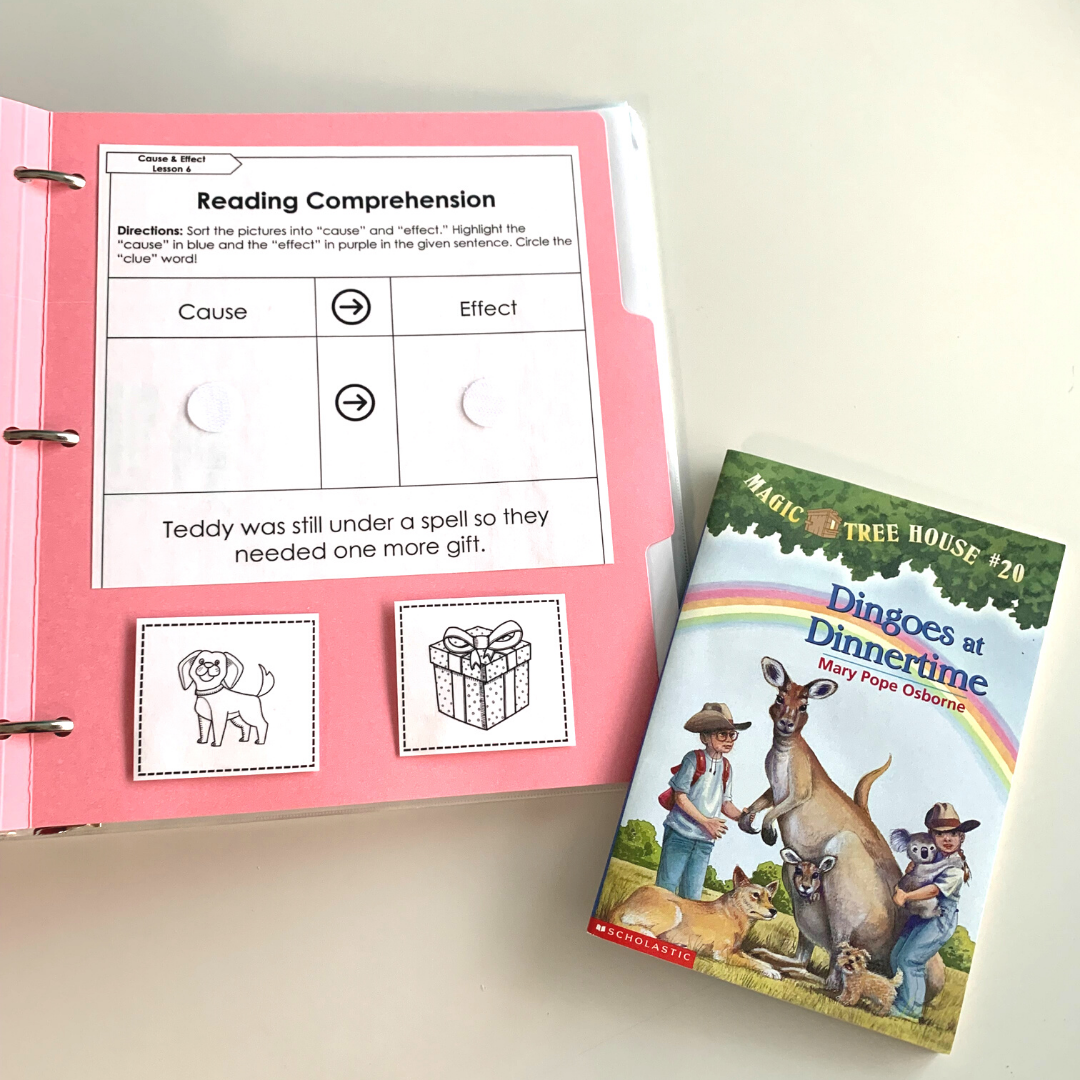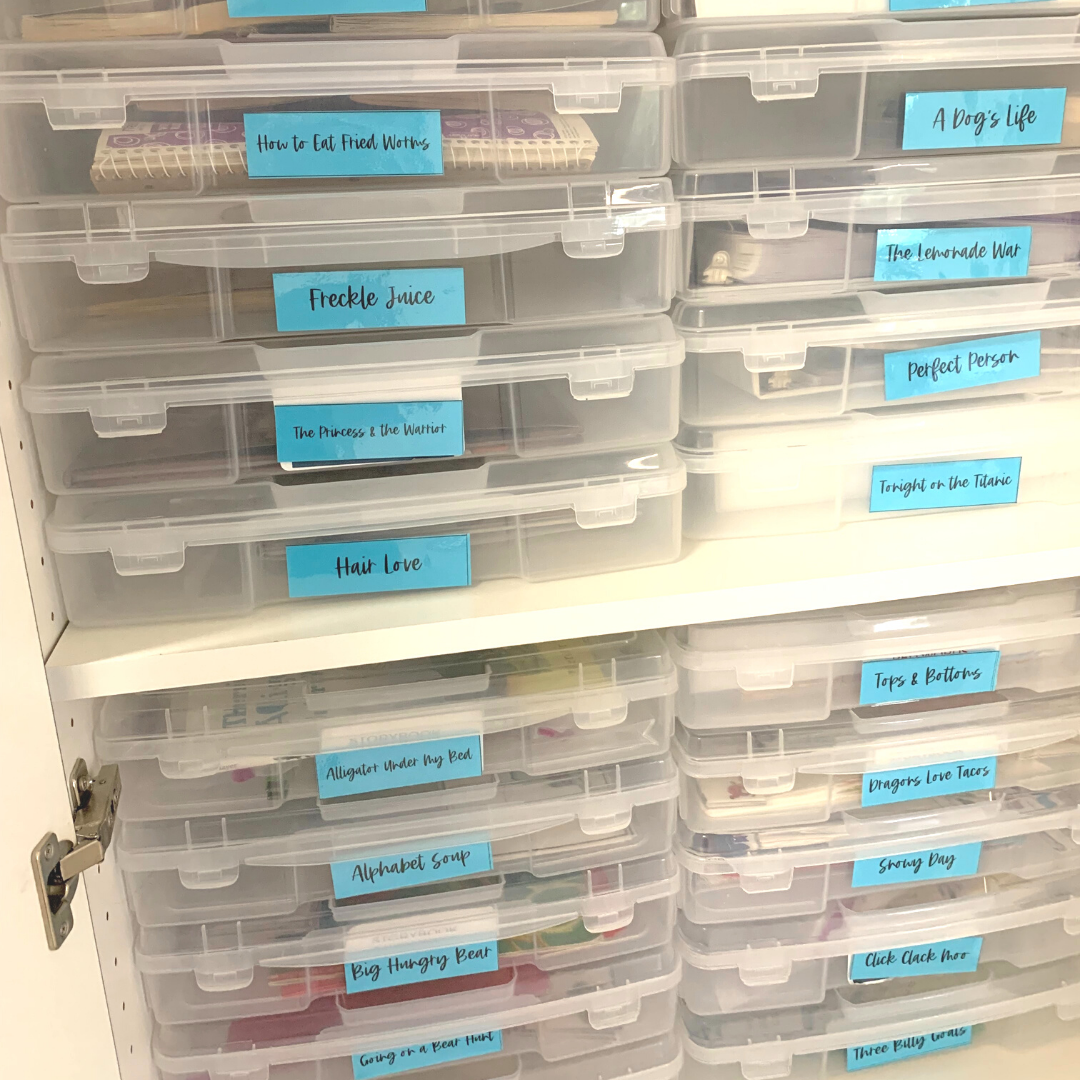How to Use Authentic Text in Your Structured Literacy Lessons
Have you ever heard your students say -
“…the reading we do with you isn’t real reading.”
You’ve taught them all the phonics patterns. You’ve worked through all of the fluency passages and PA drills. And yet, students aren’t generalizing their knowledge. They’re struggling to see the relevance of the work you’re doing.
We’ve definitely been there before, too.
One of the most important skills we need to explicitly teach our students is how to generalize their knowledge.
So, how do we help students generalize their skills?
First, it is important that the materials feel real to them. This means they need to engage with the material and buy into what we are doing.
We like to use authentic literature to help with this.
Struggling to read can be isolating for a child. If we can use books their friends and classmates are reading (even if we are doing most of the reading and they are listening), they’re going to find more relevance in the activities.
Then, we need to show them how the PA, phonics, vocabulary, fluency, comprehension, and writing skills we’re targeting in our lessons apply to what they’re working on.
What does this look like in a structured literacy lesson?
In addition to working through a systematic, comprehensive literacy curriculum, we’ll often complete a book unit with students. In these units, we’ll read an authentic text and complete PA, phonics, vocabulary, fluency, comprehension, and writing activities that align with the book.
For example, if we are reading, The Magic Treehouse: Dingoes at Dinnertime, we’ll create a PA drill, phonics wordlists, comprehension questions, writing prompts, etc. that align with the book. As we work through the activities, we’ll show students how the skills they learned as a part of their literacy lesson (like how to syllabicate words or knowledge of R-Controlled syllables) relate to the “real reading.” Click here to learn more about our Dingoes at Dinnertime Book Club Unit!
Then, we need to get students excited to read and practice their literacy skills.
One of the best ways we do this is by giving students a level of autonomy over the materials we are using.
We organize all of our authentic text units into individual containers on a bookshelf in our office.
We want to have books & units for a variety of reading levels and abilities so that we always have appropriate options for our students.
To help motivate students, we’ll bring them over to the bookshelf and have them pick which unit sounds the most interesting to them. We’ll help guide them to the appropriate level so that a first grader isn’t picking a book intended for an eighth grader, but they otherwise get to pick the unit.
In the classroom, you can have students vote between two units that are appropriate for your grade level. Then, you can use the unit that didn’t win the following week.
Having the ability to choose helps to reduce the barrier students put up. They feel like they have a say and that we care about their interests and opinions. This is a huge first step to getting them excited (or at least less resistant) to the reading process.
In short -
We pick high-interest books to use in our lessons. We use these books as a foundation and build literacy activities that target skills like PA, phonics, vocabulary, fluency, comprehension, and writing to align with the content in the book. Then, we explicitly explain how the skills we are teaching in our structured literacy lessons support them in reading the book.
Allowing students to pick a “real book” to use in our lessons helps make the work we are doing feel real to them. This is important because engagement is a huge contributor to student success.
If you are interested in checking out our authentic literature connection units, you can find them in our 5-Core Components of Literacy Resource Library. Use the button below to learn more & get 50% off your first month.


